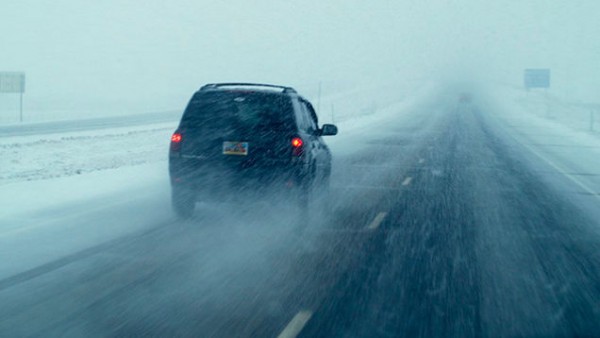
Objects in the universe, including our cars, work based on laws of physics. Obviously, these laws are not written by the government and enforced by policemen. They bind on all drivers and we can’t escape their effects. Factors that affect our cars include gravity, momentum, inertia, centrifugal force, acceleration and friction. Here a few things should know:
1. Friction:
Friction simply opposes the motion of your car and other objects in the universe. It tries to prevent cars from moving in the first place or slows down a moving to a complete stop. On cars, friction is exerted mostly through the small areas on the tires that touch the ground. Drivers should be aware that friction isn’t constant and it could be reduced by rain, oil, mud, ice, loose gravel and poor tires.
These factors may increase the stopping distance dramatically, making evasive maneuvers more difficult to achieve. Due to this fact, drivers should allow bigger distance between cars when they encounter things that could reduce friction.

2. Centrifugal and inertia force:
When the frictional force (traction) on all four tires is lost, control of the car will be lost as well. In this case, one law of physics will dominate the car: Inertia. It’s the tendency to keep a moving body going to specific direction. The centrifugal effect could also make the car out of control if it is larger than the friction. Its effect is larger when the car turns at higher speed and there’s a chance that the car will not be able to safely get around.
We should be aware of the centrifugal force by slowing down before we enter a curve, it’s especially important if the road is somewhat slippery. Hard, sudden braking shouldn’t be applied when we enter a slippery curve because it will cause the tires to lose their grip. The area of each tire that touches the road is only as large as our hand, so we should pay a close attention on factors that could cause the car to lose control. Slower speed should be maintained on road with many sharp curves, especially when it is rainy.
3. Momentum:
When the car loses its frictional force, often it will not stop until it collides with other objects, such as trees or other cars. Momentum is determined by the mass of the car and the speed. If we double the speed, the force of impact will be four times as great and nine times as great if we triple the speed.
In fact, a car that hits solid object at 30mph is equal to being dropped from a three story building. Highways are designed to reduce force of impact, as an example metal guard rails will likely to glance off our car, instead of being hit solidly.
4. Gravity:
Gravity is a universal force and we feel it even we are motionless. It decelerates our car when we drive uphill and accelerate us when we go downhill. Drivers should keep their foot on the brake pedal when the car is going downhill so they can maintain a safe speed.
About: RV is a local seo services professional and has been helping many small businesses since 8 years.







